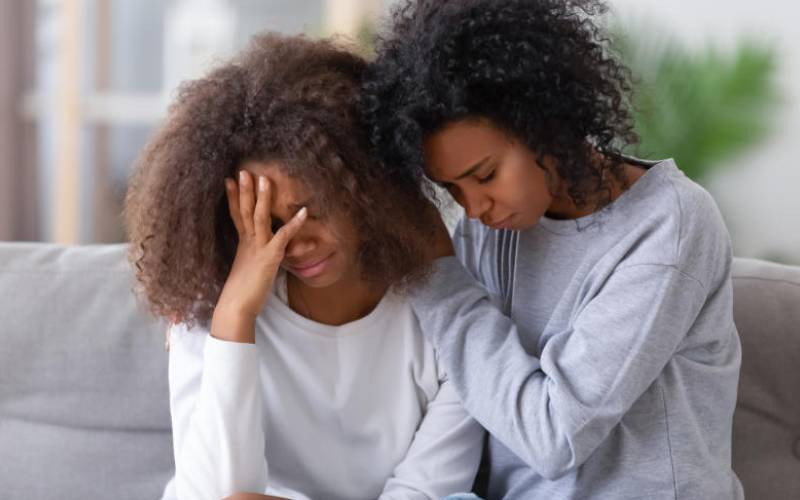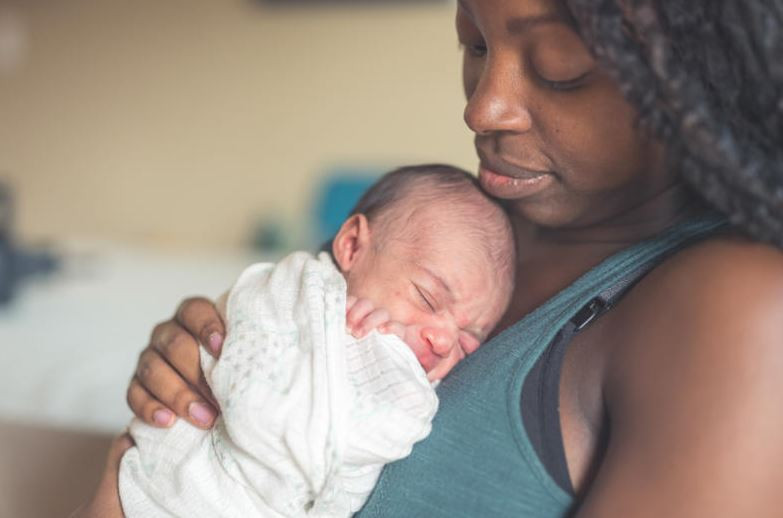
How to help children deal with pain (Photo: iStock)
Pain is something we all experience, but for children, understanding and navigating it can be particularly challenging.
Whether it’s physical pain from a bruised knee or the emotional sting of a broken promise, children often don’t have the words or the framework to process their feelings.
As caregivers and parents, your role goes beyond simply comforting them.
How best can you help them?
The first step in helping children understand pain is to acknowledge it. Pain, whether emotional or physical, is not something to be dismissed.
It’s easy for people to minimize their experiences with phrases like, “It’s not that bad,” or “Don’t worry, you will get over it.”
While the intention might be to soothe, such responses can inadvertently make children feel invalidated.
- How to handle parenting in a changing world
- Parenting tips as a single father
- Dangers of having a favourite child
- Don't let confusing parenting advice scare you
Keep Reading
It is important to allow them to express their discomfort showing them that their feelings are not only heard but respected. By validating their pain, you foster an environment where they feel safe to explore and understand what they’re going through.
For younger children, the concept of pain can be particularly difficult to grasp. Their world is still filled with new experiences and their emotional toolkit is still developing. This is where simple, clear language can be invaluable.
Rather than using abstract terms like hurt, try explaining pain in terms they can visualize and relate to.
But as children grow, their emotional pain often becomes more complex. A child who is disappointed by a parent failing to show up for their sports day or upset by an argument with a sibling may not understand why these emotions hurt so much.
In such situations, it is important to explain that emotional pain, though different from physical pain, is just as valid and very real.
By encouraging them to talk through their feelings, ask questions and recognize the triggers of their emotions, we teach them that it’s normal and fine to feel upset.
More importantly, we also show them that it’s okay to ask for help when they’re feeling overwhelmed.
Pain, in all its forms, can also be a teacher. For children, understanding that pain doesn’t last forever and that they can manage it is an essential lesson they need to learn. This is where resilience comes into play.
While you can’t shield your children from pain, you can help them build the emotional muscles to cope with it. By providing age-appropriate coping strategies such as deep breathing, counting to ten or using calming visualizations, you give them tools to navigate difficult situations.
Armed with those strategies you empower your child to feel more in control even when the pain itself is unavoidable and you’re not present to help them get over it.
 The Standard Group Plc is a multi-media organization with investments in media platforms spanning newspaper print
operations, television, radio broadcasting, digital and online services. The Standard Group is recognized as a
leading multi-media house in Kenya with a key influence in matters of national and international interest.
The Standard Group Plc is a multi-media organization with investments in media platforms spanning newspaper print
operations, television, radio broadcasting, digital and online services. The Standard Group is recognized as a
leading multi-media house in Kenya with a key influence in matters of national and international interest.










